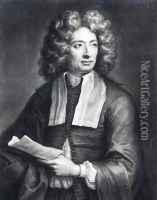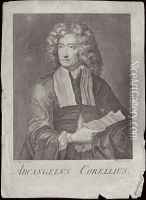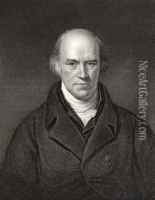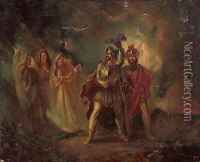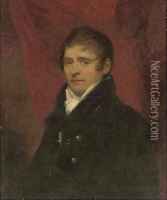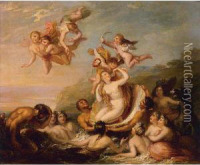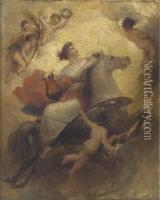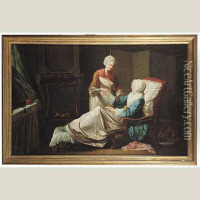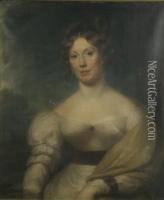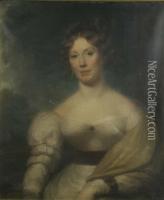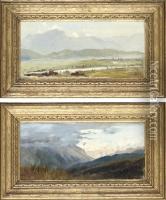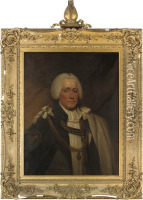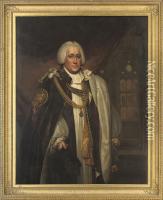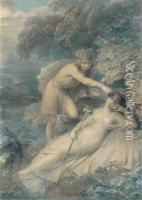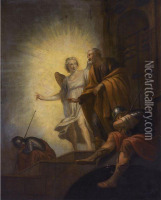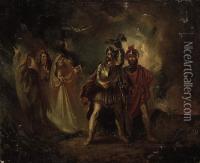Howard, H. Paintings
Horace H. Howard, although not widely recognized in the mainstream art historical canon, was an artist who contributed significantly to the early 20th-century American art scene. Born in 1890, Howard's early life was marked by a keen interest in the visual arts, leading him to pursue formal education in the field. He studied at a time when American art was undergoing significant transformation, influenced by European modernism and the burgeoning American scene that sought to define its own identity apart from European traditions.
Howard's work was characterized by a unique blend of realism and impressionism, a reflection of the transitional period in American art during his lifetime. He was deeply influenced by the Ashcan School, a movement that sought to depict the realities of everyday life in America, albeit Howard incorporated a more vibrant color palette and often infused his works with a sense of optimism, distinguishing his style from the often gritty realism of his contemporaries.
Throughout his career, Howard remained somewhat on the periphery of the major art movements, focusing instead on developing his personal vision and technique. His subjects ranged from urban landscapes to serene rural scenes, each painted with a keen eye for detail and a masterful handling of light. Despite his talent, Howard's work did not gain the recognition it deserved during his lifetime, and he remained a relatively obscure figure in the art world.
Howard's later years were marked by a continued dedication to his art, though he struggled with financial instability and health issues. He passed away in 1946, leaving behind a body of work that, while not widely known, offers valuable insights into the American art scene of his time. In recent years, there has been a renewed interest in Howard's work, with art historians and collectors beginning to appreciate the subtle nuances of his approach to painting and his contribution to the development of early 20th-century American art.
